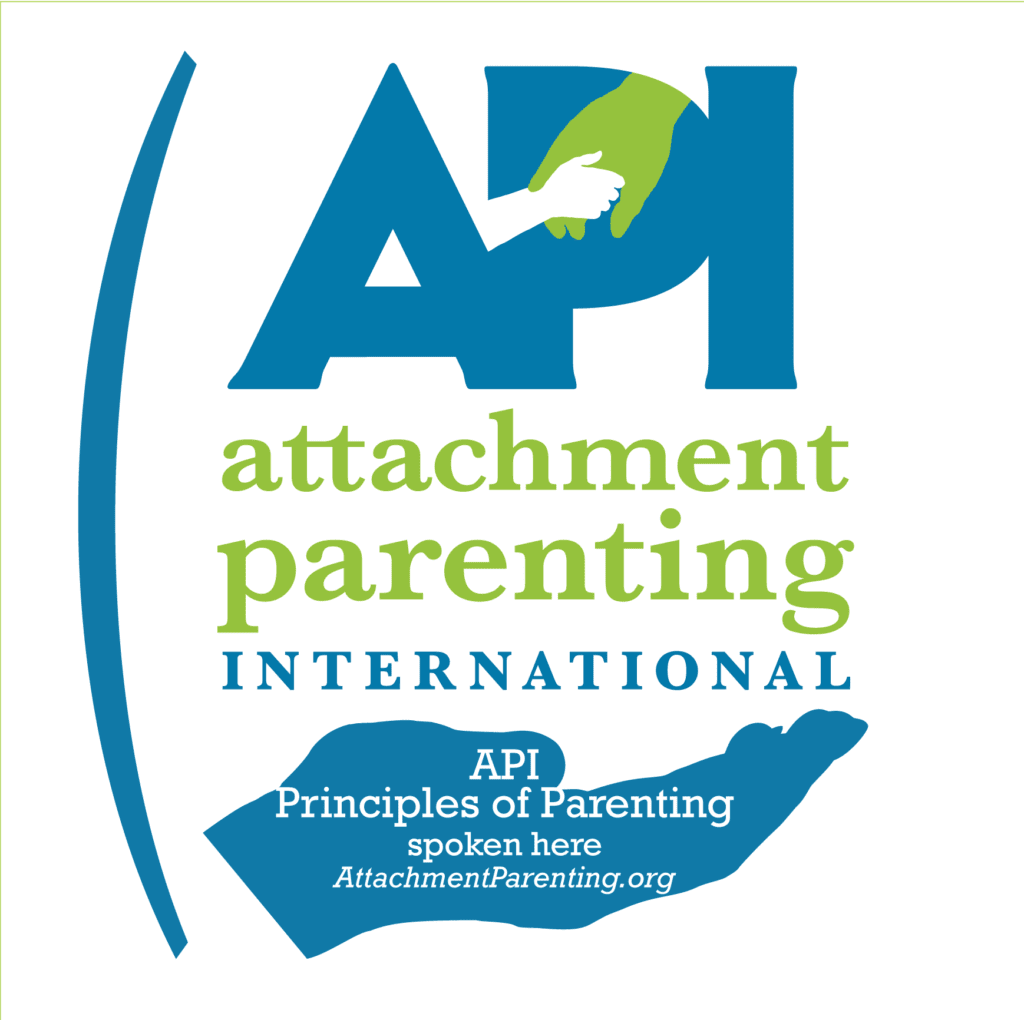Gentle Parenting for Anxious Children
Parenting is a journey that comes with its unique set of challenges, especially for those who have decided to embrace the gentle parenting approach. Gentle parenting is about guiding children with kindness, empathy, and respect, rather than punitive measures. This becomes particularly poignant when we, as parents with our own hard backgrounds, are faced with the task of raising anxious children. It’s a path that requires patience, understanding, and a recognition of our own experiences and how they shape our responses to our children’s needs.
Understanding Projection in Parenting
One of the intricate aspects of parenting is the tendency to project our own childhood experiences onto our children. Many of us turn to gentle parenting because it offers a stark contrast to the way we were raised. We want to do better, to be the empathetic and responsive caregivers we craved for ourselves. When we see our children struggling with anxiety, our hearts naturally swell with empathy. Yet, this well-meaning impulse can sometimes cloud our judgment.
Projection can lead us to over-identify with our child’s experiences of anxiety. In doing so, we may inadvertently hinder their ability to develop resilience. It is crucial to remember that while empathy is a beautiful gift, it must be balanced with the recognition that our children are individuals separate from ourselves. They have their own paths to navigate, and sometimes, what they need most from us is the space to learn and grow through their own experiences.
Embracing Exposure with Love and Support
It may seem counterintuitive, but part of helping an anxious child is to encourage them towards exposure to the things they fear. This can be one of the toughest aspects for a gentle parent to reconcile with their nurturing instincts. Exposure can feel like we are pushing our children into discomfort, which can trigger memories of our emotional neglect. It can be distressing when our child questions our love and support in the face of their anxiety, asking, “Don’t you love me?” or “Why aren’t you helping?”
However, it’s important to recognize that this exposure is not the same as abandonment. As gentle parents, we’ve laid a foundation of support and empathy that we, ourselves, may not have had. Our children have a resource in us that we may not have had in our own parents. They are not alone in their journey. As they face their anxieties, they do so with a parent who is emotionally present and equipped to support them through the process, creating a fundamentally different experience than the one we may have known.
Recognizing Individuality in the Parent-Child Relationship
Embracing the fact that your child is not you, and you are not your child, is a powerful step in gentle parenting. This recognition allows us to see our children as the unique individuals they are, with their own strengths and vulnerabilities. It allows us to parent from a place of understanding and support, without the constraints of our own past experiences.
Remember, you are breaking the cycle. Your child has the benefit of a parent who is doing things differently. Through your presence, empathy, and responsiveness, you are providing your child with the resources to face their challenges in ways you might not have been able to. This is the essence of gentle parenting—offering our children the tools and emotional support they need to grow into resilient, well-adjusted individuals.
As we navigate the complexities of parenting anxious children, we must hold onto the knowledge that our journey is distinct from theirs. We guide, we support, but we also let them find their own way, knowing that they are fortified by the love and empathy we shower upon them. Gentle parenting isn’t about shielding our children from every discomfort; it’s about preparing them to face the world with courage and the knowledge that they are never alone.
In closing, gentle parents, take heart. Your hard background has equipped you with an enormous capacity for empathy and growth. Your decision to parent gently is a testament to your strength and commitment to doing better for your child. Trust in the foundation you have built, and watch as your child uses the tools you have given them to navigate their anxieties. Together, you are on a path of healing and growth, one step at a time.


